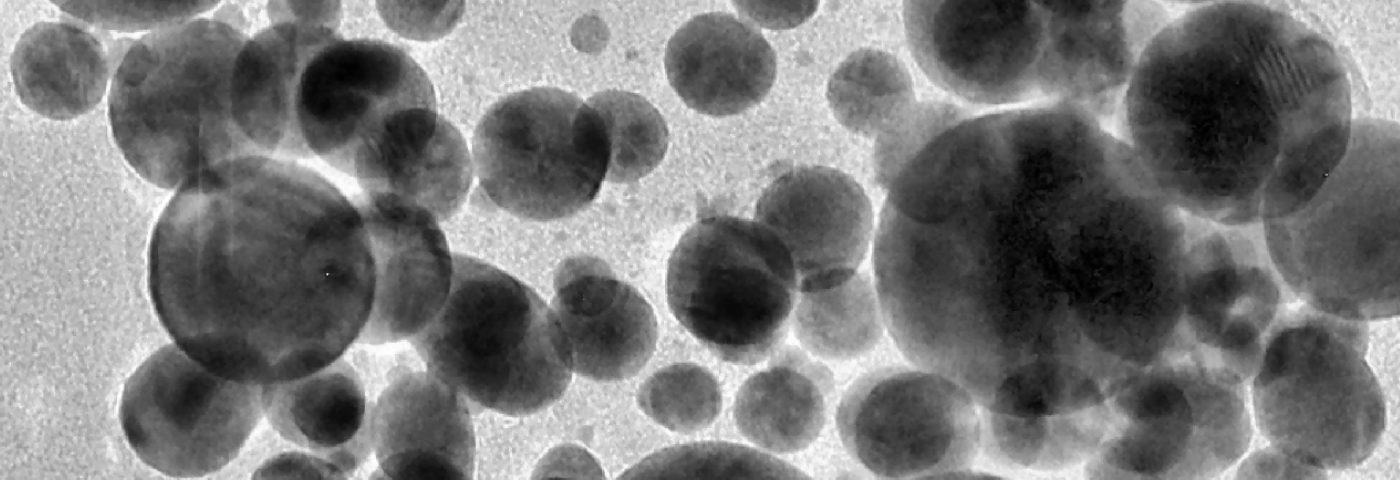Biodegradable polymer nanoparticles (BNPs), tiny particles made of a biodegradable polymer, appear to be quite useful for the early detection and for long-term, effective treatment of rheumatoid arthritis (RA) with minimal side effects, according to a study presented at the recent European League Against Rheumatism Annual Congress (EULAR 2016). These particles, once coated with a molecule that specifically targets inflamed joint tissues, ensure a high degree of efficacy in delivering both diagnostic probes and drugs to arthritic joints.
“Despite dramatic advances in the treatment of RA, currently available therapies can cause several side effects, many patients fail to respond, and true remission is only achieved in a minority,” Dr. Paolo Macor, the study’s lead investigator from the Department of Life Sciences, University of Trieste, Italy, said in a press release. “This is often due to late diagnosis of the pathology.
“There is therefore a need to develop a new tool to enable early diagnosis, and also to develop tissue-specific agents able to reduce systemic side effects. This would increase the potency of the drug with lower doses, and also potentially reduce the cost of treatment,” Dr. Macor said.
BNPs, contrary to conventional drugs, are designed to target specific sites in the body, like inflamed tissue. Moreover, BNPs filled with a contrast agent, such as gadolinium, are a very useful tool for early diagnostics of joint inflammation. This is particularly important in RA, where early diagnosis and therapy have been suggested as critical factors for controlling disease progression and prognosis.
Using a technique known as immunofluorescence, researchers showed that peptide-coated BNPs preferentially target inflamed joint tissue. Importantly, a single injection of targeted BNPs loaded with methotrexate (one of the most effective and widely used medications for RA treatment) into a rat model of antigen-induced arthritis completely resolved inflammation. Methotrexate injected systemically (i.e., directly into the blood stream), in comparison, was ineffective.
Similar therapeutic results were also observed in a mouse model of chronic collagen-induced arthritis treated with methotrexate-loaded BNPs, with no toxic effects. “The advantage of being able to deliver methotrexate in this targeted way is to be able to gain the benefits from this key treatment of RA, while reducing the risk of adverse effects that are more frequent at high doses,” Dr. Macor concluded.


